Bernstein, Austria
I have three stories to tell today, one about a man, one about a castle, and a fantasy, all mingled into a single tale. It might not be clear which I am referring to from time to time, but it doesn’t matter, they are all connected.
The man is László Adolf Ede György Mária Almásy de Zsadány et Törökszentmiklós. The castle is Burg Bernstein, our home the past few days. The fiction is The English Patient a novel by Michael Ondaatje, loosely based upon the life of László Almásy, the man from the castle.
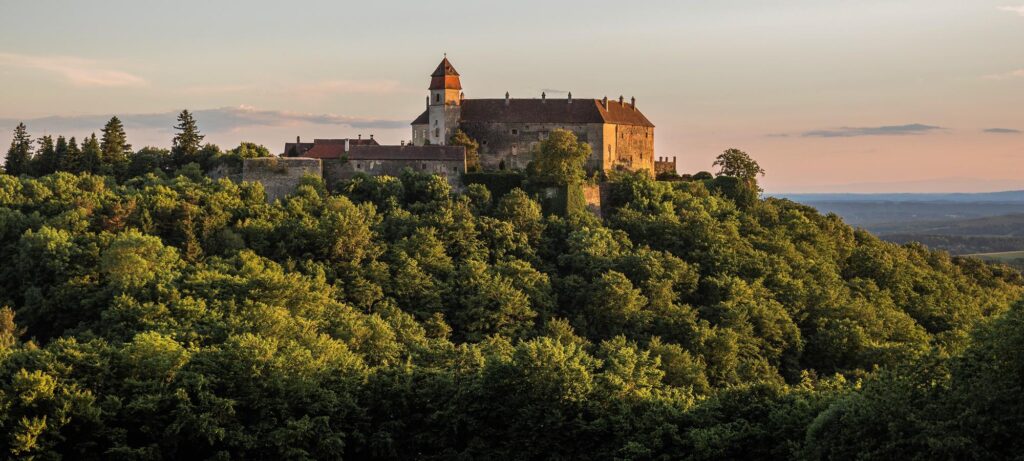
The castle, our castle, is not the same as the one in the novel. The fictional one is in Italy, ours is in Austria, sometimes Hungary, depending on which century you are in.
Political boundaries in central Europe have been in motion for centuries. Bernstein Castle has occupied the top of this hill since 860AD, not much caring where borders are drawn around it on a map.
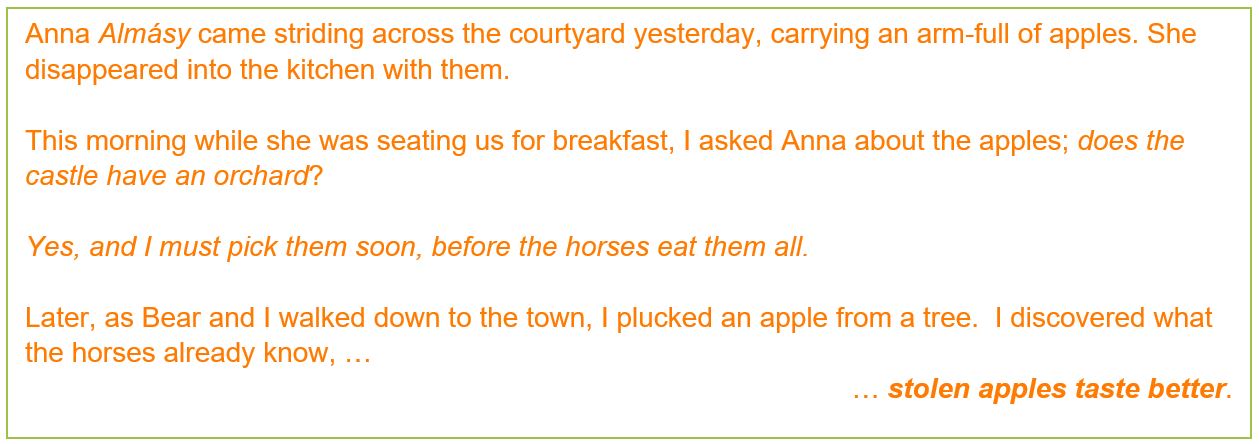
Anna and her brother Erasmus are the seventh generation of the Almásy dynasty to live at Bernstein Castle. The Almásy’s converted most of the castle’s rooms into hotel accommodation, preserving the original Baroque style and furnishings.
We are in the Gottgetröst Suite.
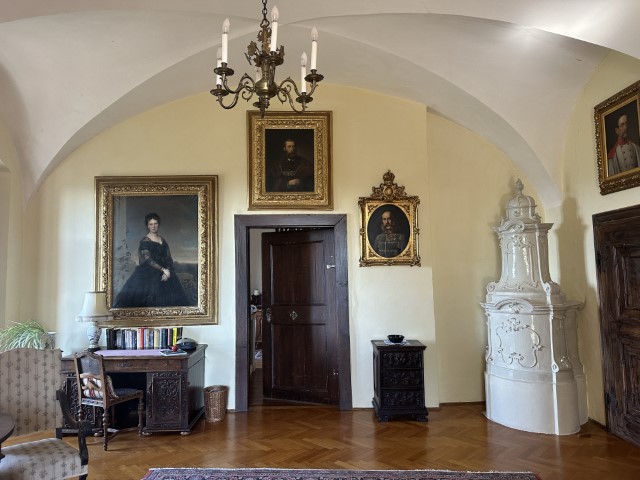
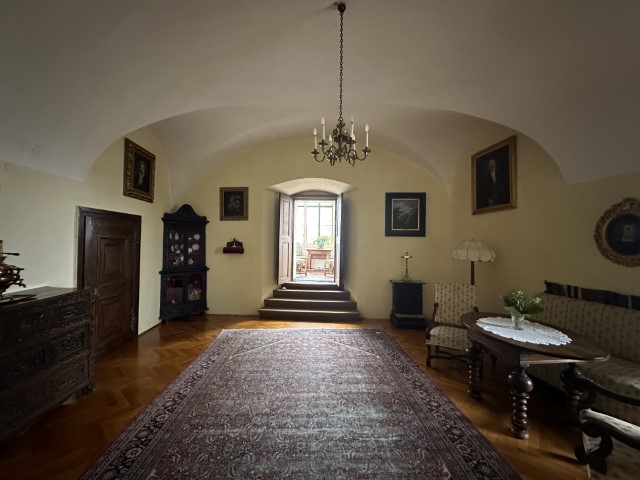
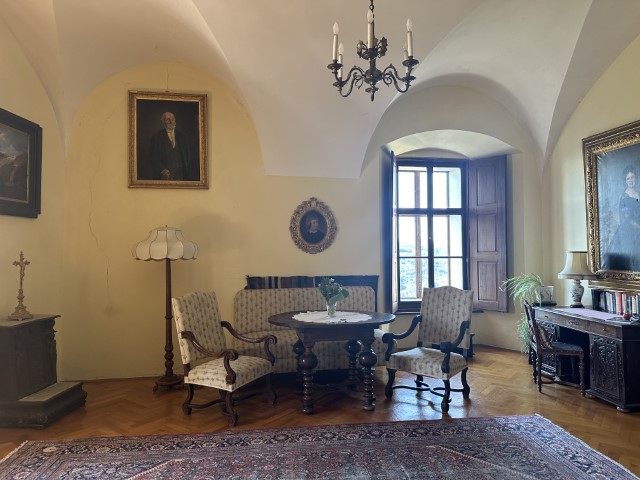
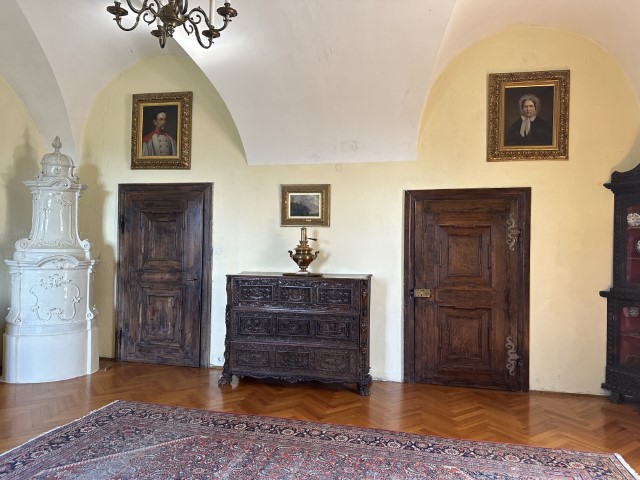
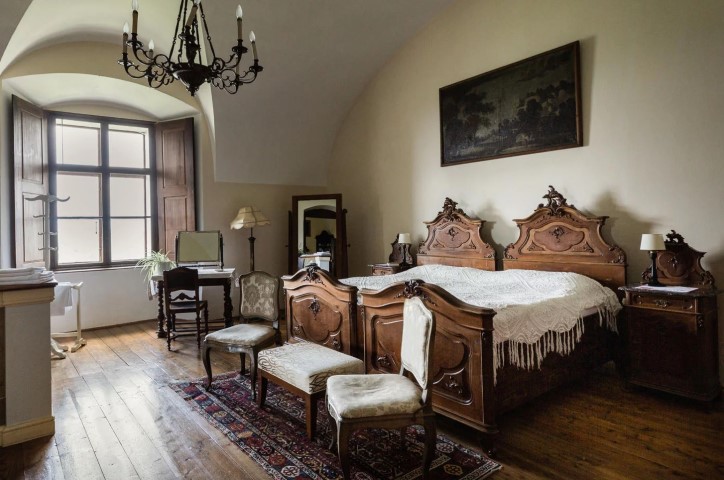
Eduard “Gottgetröst“ Almásy bought the castle in 1892 and being a member of the National Geographic Society he was responsible for Bernstein becoming a hotspot for scientists, explorers and adventurers. – Wikipedia
It is that last bit, “adventurers”, that made Bernstein Castle famous. Gottgetröst Almásy’s third child, László, had a thirst for adventure from a very early age.
It might have had something to do with growing up in a castle; a fairy tale home surrounded by imposing stone walls and fearsome adornments. László Almásy became fearless.
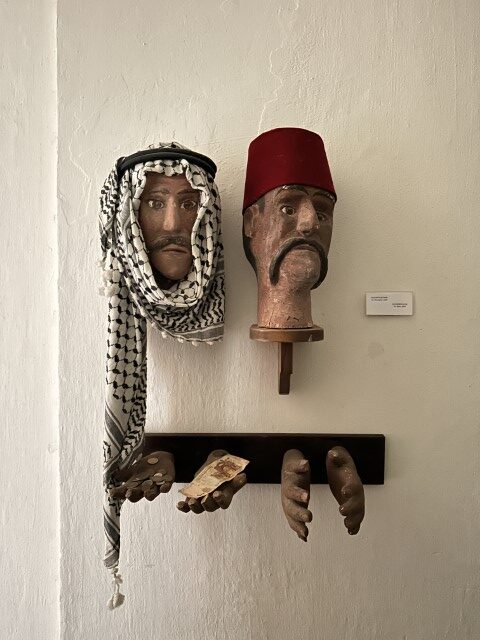
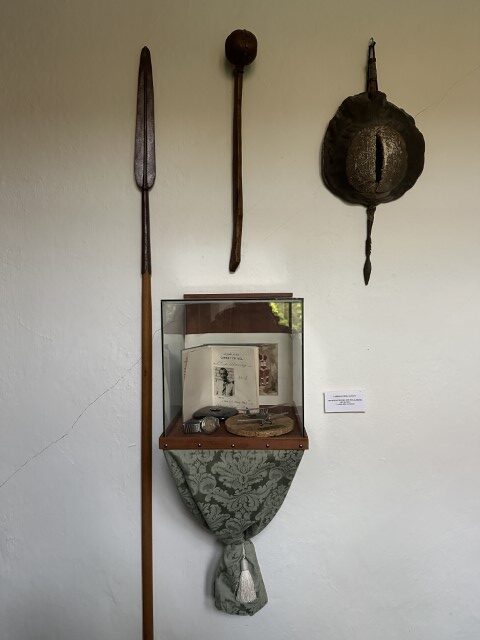
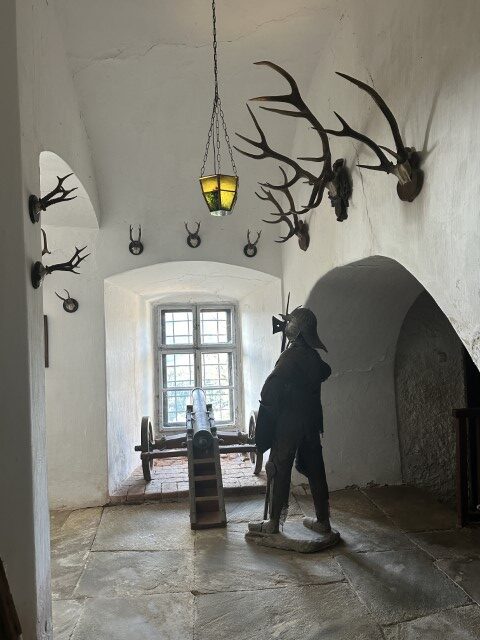
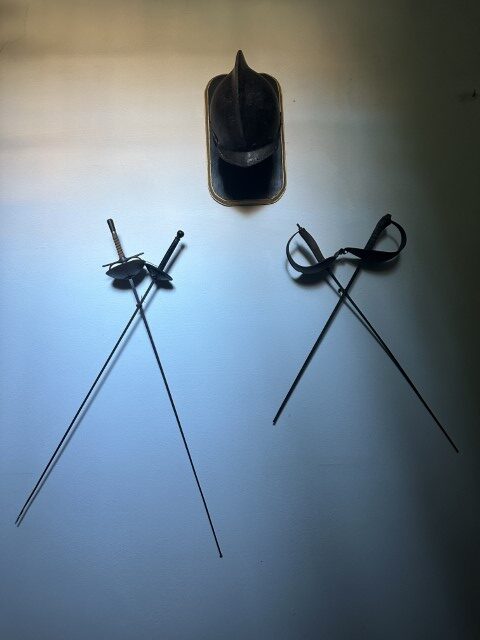
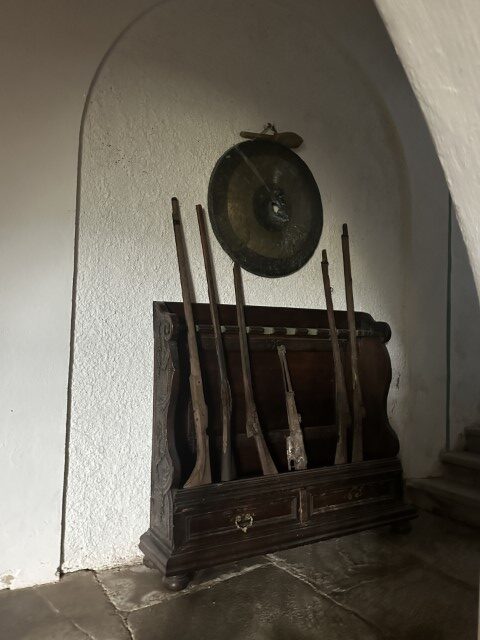
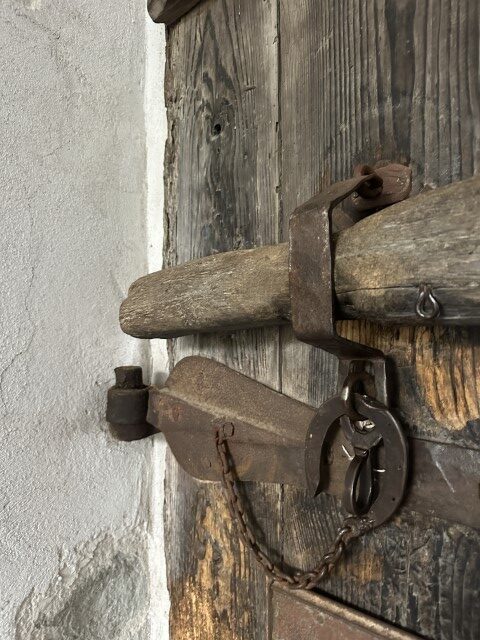
Almásy enlisted in the fledgling Austro-Hungarian Air Force during WWI, when he was 19. He was shot down over Northern Italy but survived.
After the war, Almásy became a flight instructor in England.
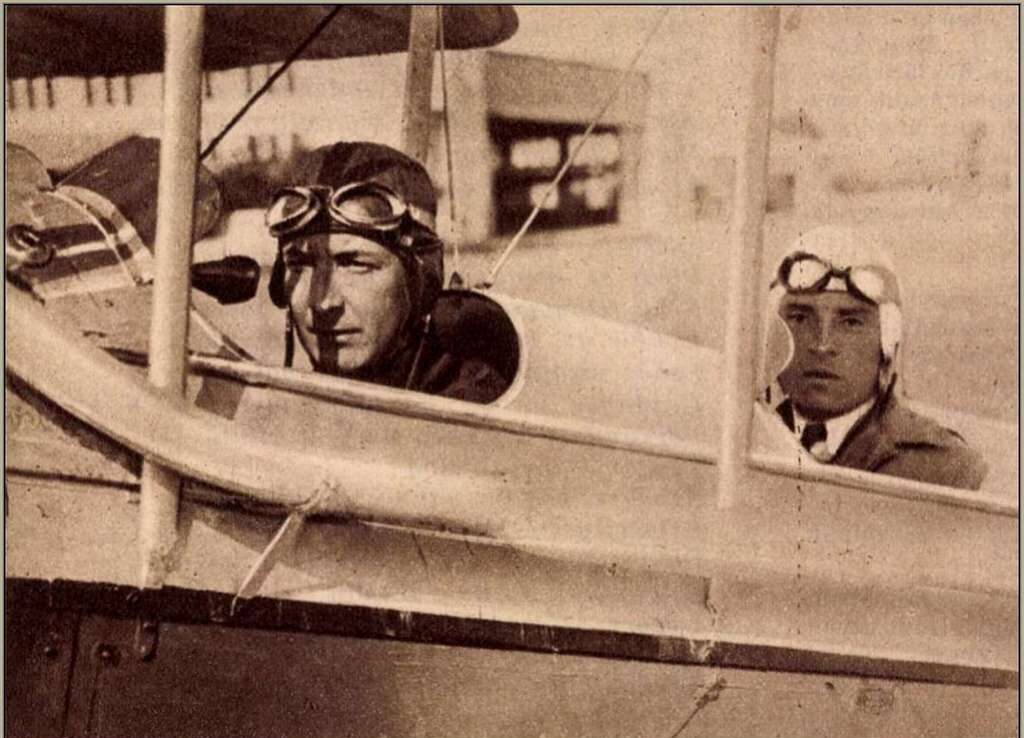
In 1921, Almásy returned to Hungary as personal secretary to the Bishop of Szombathely. In that position, he was introduced to King Karl IV, who mistakenly referred to him as “Count Almásy”. László belonged to an aristocratic family, but he was not a count. Nonetheless, the title stuck, and Almásy sometimes used it to his advantage.
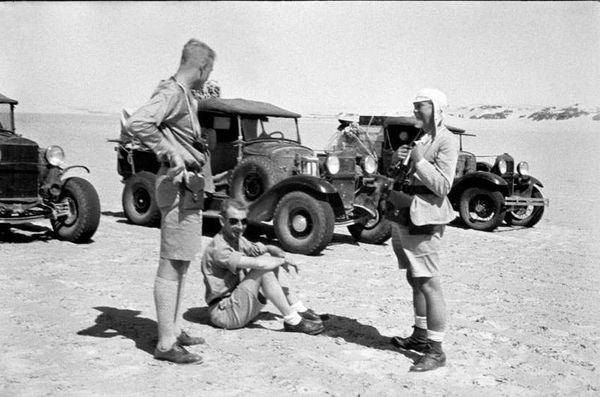
Almásy became a spokesman and driver for the Steyr Automobile company. He drove race cars and adventured all over northern Africa as Steyr’s representative.
But László Almásy was not meant to be confined to the ground. In 1926, he and a real Count, Count Nándor Zichy, acquired a DeHavilland Gipsy Moth and embarked on a mission to explore the Libyan Desert by airplane, the first ever to do so. They took off from Budapest on August 21, but crash landed in Syria four days later. Both counts were reported dead.
They turned up a few days later, very much alive, but without an airplane.
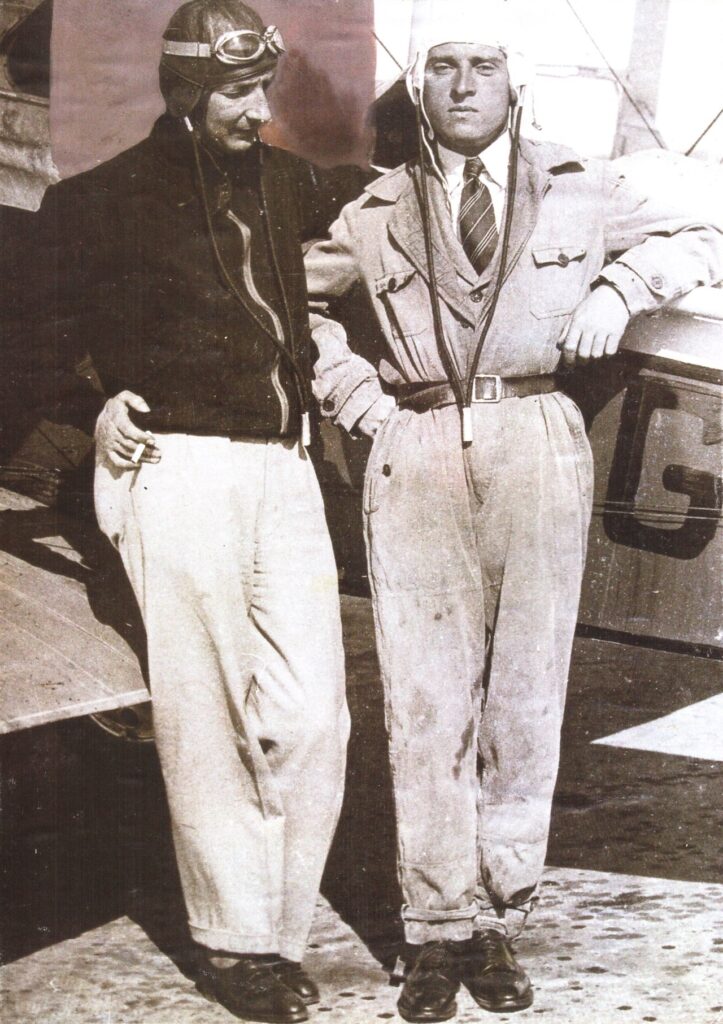
In 1932, Almásy undertook another adventure, this time using both cars and airplanes. He organized an expedition with a mission to find the legendary Zerzura, “The Oasis of the Birds”, in the Sahara Desert.
Almásy’s Syrian misadventure and the Zerzura expedition attracted the attention of Canadian author Michael Ondaatje. Ondaatje used Almásy’s explorations and ill-fated desert crash as the foundation of a novel, The English Patient, which was later adapted to a movie.
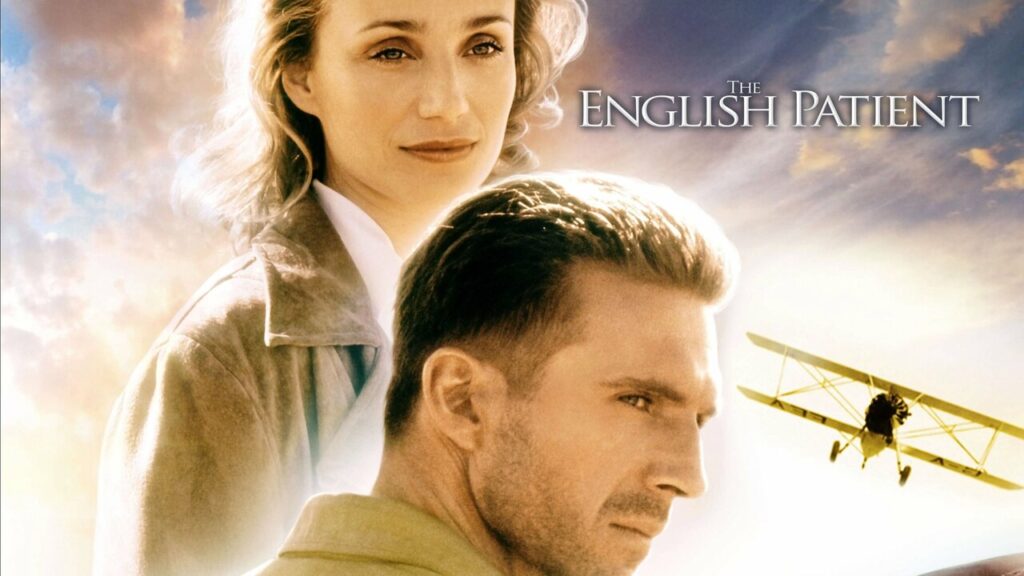
László Almásy’s adventurous real life was elevated to glorious fictional proportions by the book and the movie.
The English Patient might have the most tragic ending in all of cinema. The heroine, who loves people, water and gardens, dies alone in a dark barren cave in the middle of a desert. Almásy fails to save her, and we are left wondering about his fate.
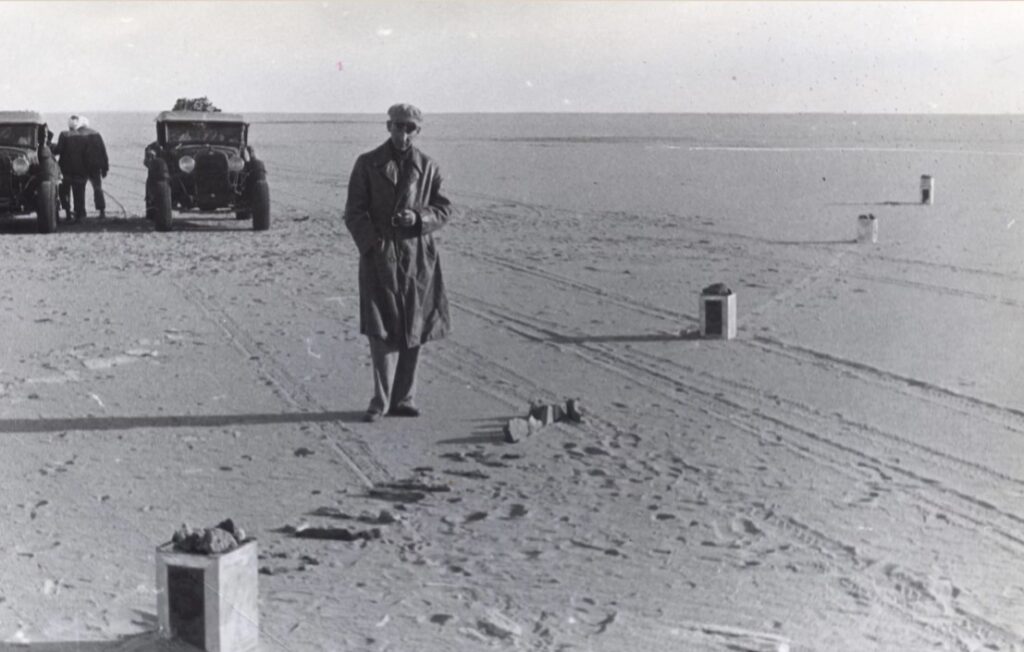
It has been pouring rain in Bernstein, Austria most of the time we have been here. Bear and I have ventured out a few times for soggy local adventures, but mostly we are confined to the castle.
We have stolen apples, and hot water for tea; we may settle in here …
… until László returns.
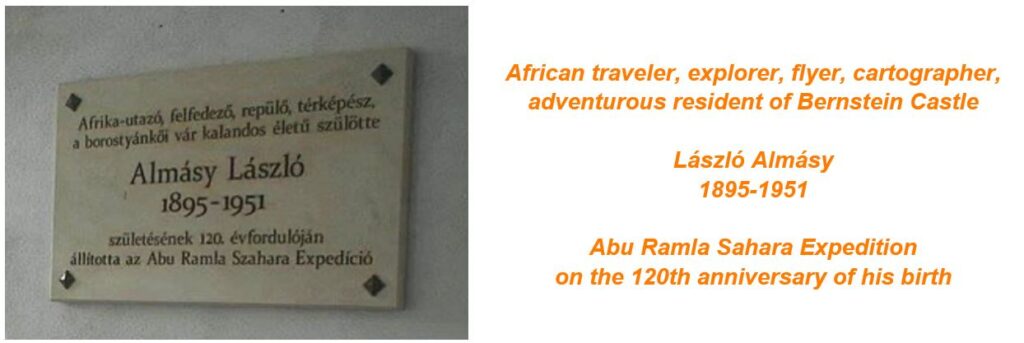


Leave a Reply